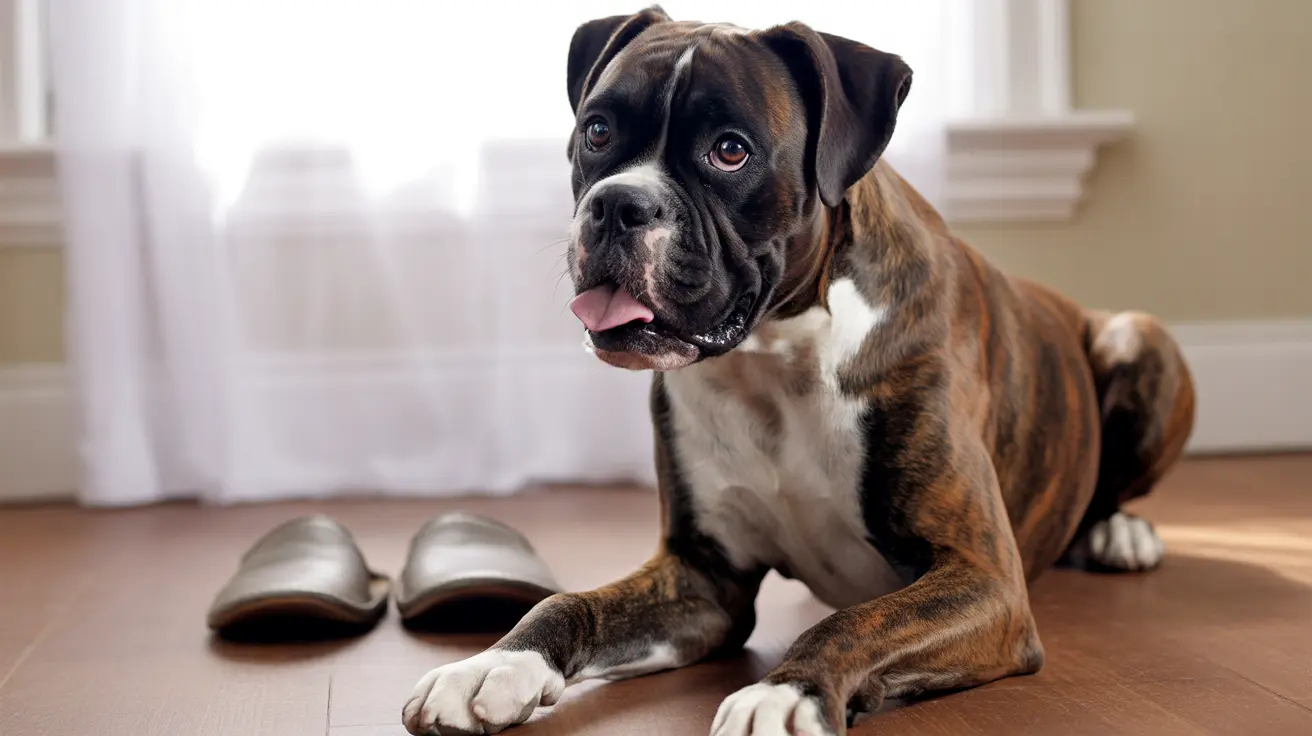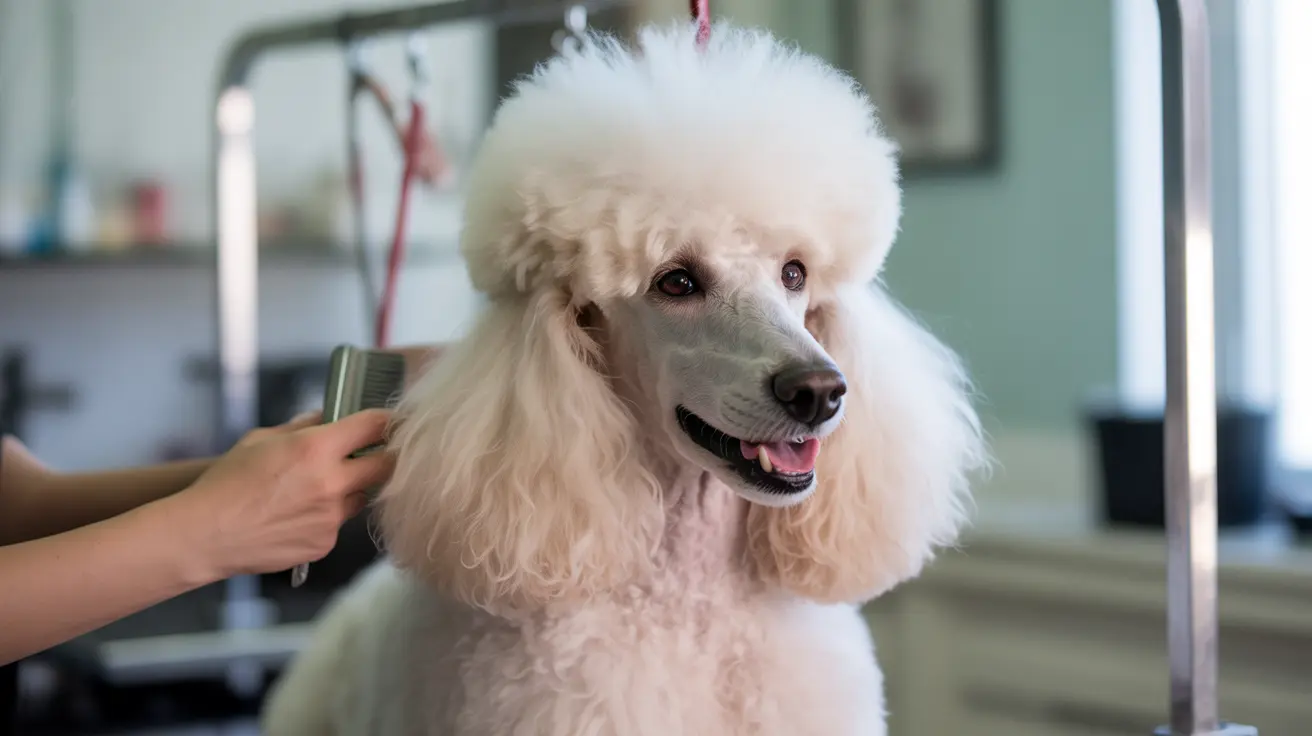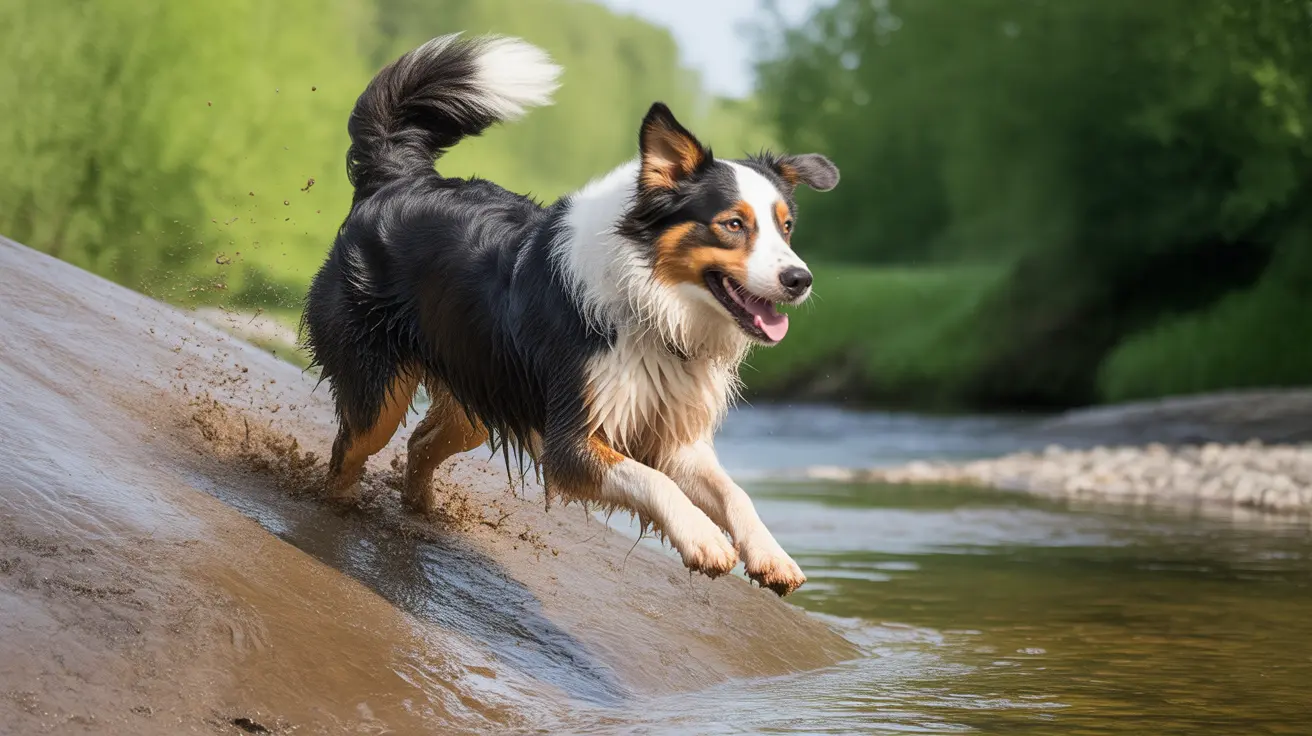How to Apologize to Your Dog: Understanding Canine Minds
Dogs are deeply social and emotionally intelligent animals that respond profoundly to human interaction. If you've upset your dog — whether by accidentally stepping on their paw or raising your voice — knowing how to apologize in a meaningful way is essential. To effectively express remorse, it’s important to understand how your dog perceives the world and interprets human behavior.
Understanding the Canine Mind
Dogs live primarily in the moment and focus on tangible experiences such as scents, sights, sounds, and the emotional atmosphere. Unlike humans, they do not dwell long on the past or anticipate future events in the same complex way. Their intelligence manifests in ways tailored to immediate problem-solving, interpreting social cues, and navigating their surroundings using their impressive olfactory and auditory senses.
Studies in dog cognition reveal that dogs remember certain events and can associate past experiences with emotional responses. However, their reactions are centered around the current moment. This means that when apologizing to your dog, timing and tone are key.
Signs Your Dog Feels Upset or Anxious
- Flattened ears or tail tucked between legs
- Avoiding eye contact or turning away
- Barking or whining
- Withdrawing from social interaction
- Licking lips or yawning excessively (stress signals)
If your dog displays these signs, it might be reacting to something you did. Immediate and thoughtful action can rebuild trust.
How to Apologize to Your Dog Effectively
Since dogs interpret the world through bodily cues, voice tones, and consistency, here are some recommended steps to say sorry the canine way:
- Use a calm, gentle voice: Lower your tone and speak in soft, reassuring words. Dogs are highly attuned to voice inflections.
- Offer physical affection: If your dog seems receptive, stroke their back, scratch behind their ears, or gently rub their chest — familiar gestures that make them feel safe.
- Make eye contact (if they seek it): Many dogs understand friendly eye contact as a sign of connection. Don’t stare, but brief, soft glances help build reassurance.
- Give them space if needed: If your dog retreats, let it have time to decompress before approaching again.
- Use treats or play: Offer a treat or initiate a favorite game once your pet seems relaxed again. Positive reinforcement fosters emotional repair and trust.
What Not to Do When Apologizing
- Don’t force interaction: A frightened or stressed dog may need time; intruding too early can worsen anxiety.
- Don’t use high-pitched excitement: Overstimulating your dog may be misinterpreted, especially in serious or reflective moments.
- Avoid punishment-based follow-up: Dogs link associations quickly, and punishment can damage your bond post-conflict.
Why the Apology Works
Apologies resonate with dogs largely because of emotional context and social bonding. A sincere apology framed by gentle behavior offers your pet immediate safety, which is what it instinctively seeks. Dogs can distinguish between happy and angry voices, and many specialize in recognizing their owner’s emotional state.
Emotionally intelligent dogs may even appear to express ‘guilt,’ but research shows this reflects anticipation of your reaction — not guilt in the human sense. This means it’s not about saying “sorry” with words, but creating a context of kindness and security that your dog can feel and understand.
Maintaining a Strong Relationship with Your Dog
To minimize future misunderstandings, work toward building consistent, loving communication. Here are ways to reinforce the bond:
- Regular training: Helps establish shared behavioral expectations
- Daily positive interactions: Petting, talking, exercising together
- Mental stimulation: Games, puzzles, new environments
- Understanding your dog’s limits: Respecting boundaries builds trust
Your dog thrives on consistent love and interaction. Offering affection and comfort after a conflict showcases emotional maturity — for both pet and owner.
Conclusion
An apology to your dog is most effective when delivered in a way your dog naturally understands: soft tone, calm body language, and rebuilding positive associations. By understanding that dogs dwell in the present and prioritize immediate sensory and emotional experiences, you’ll be better equipped to repair and strengthen your bond after an upsetting event.





